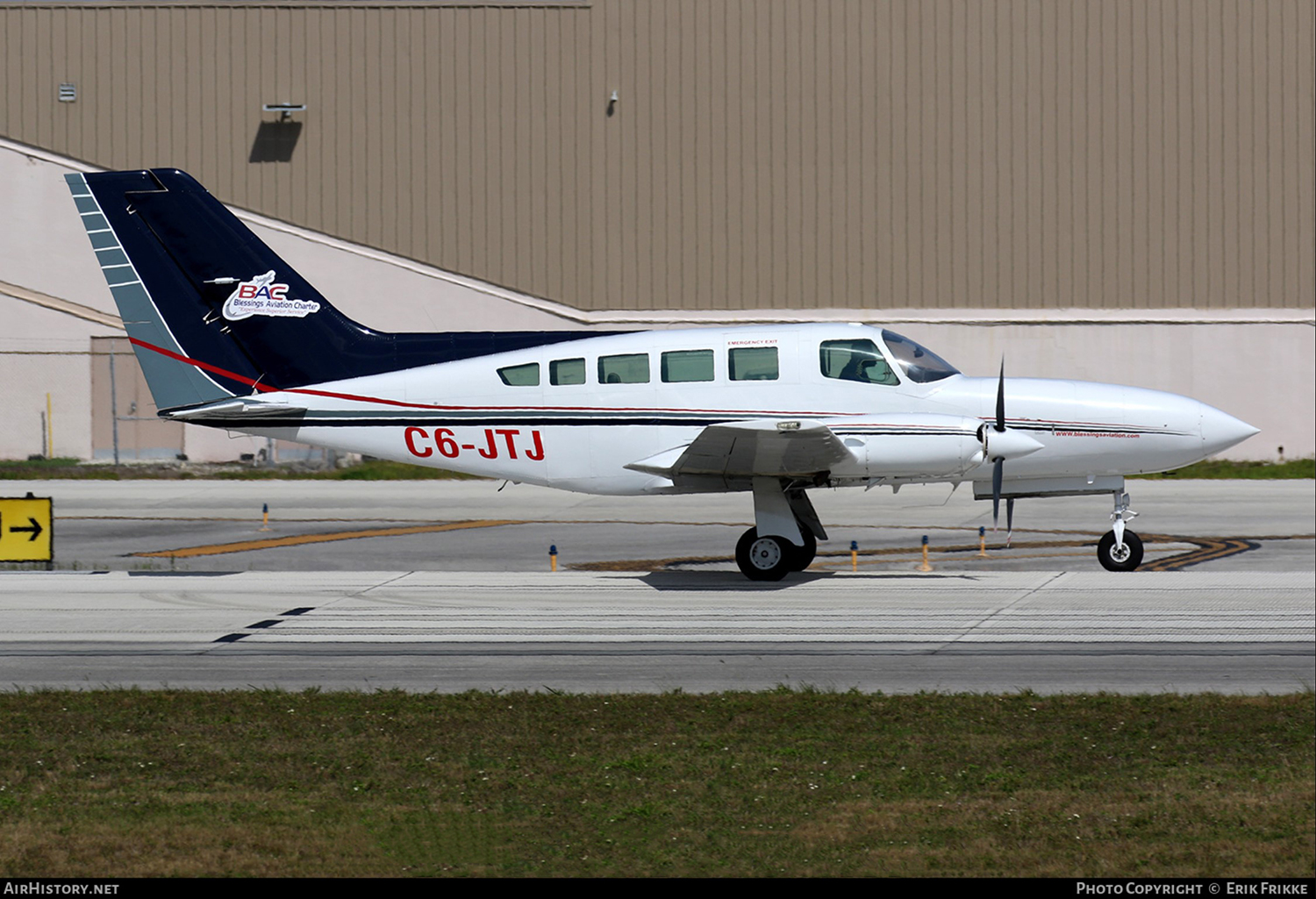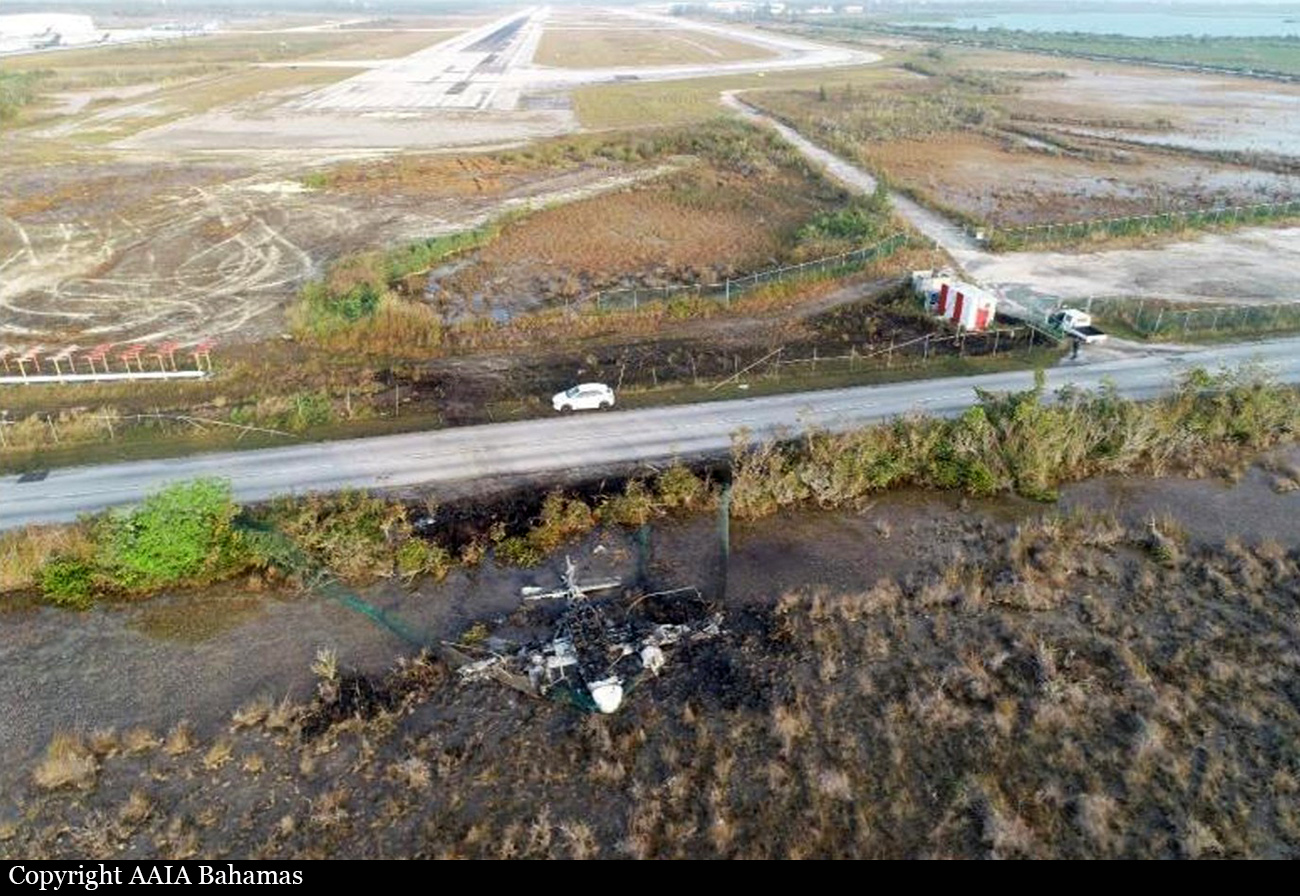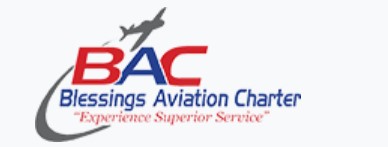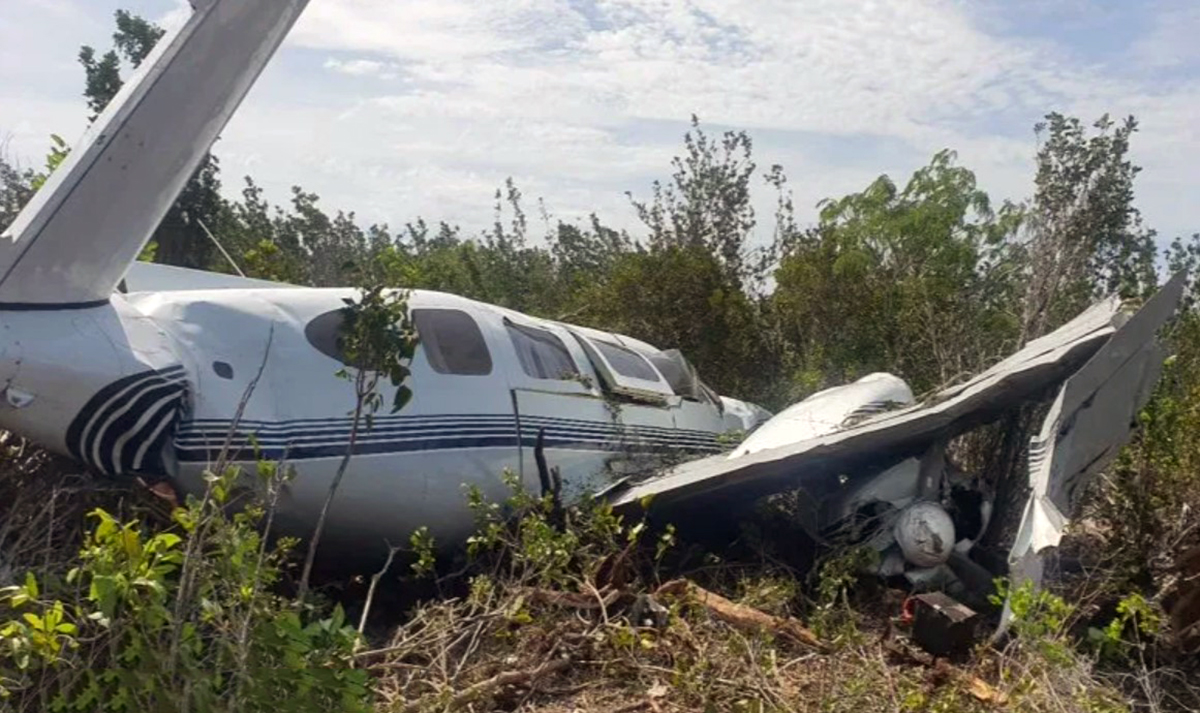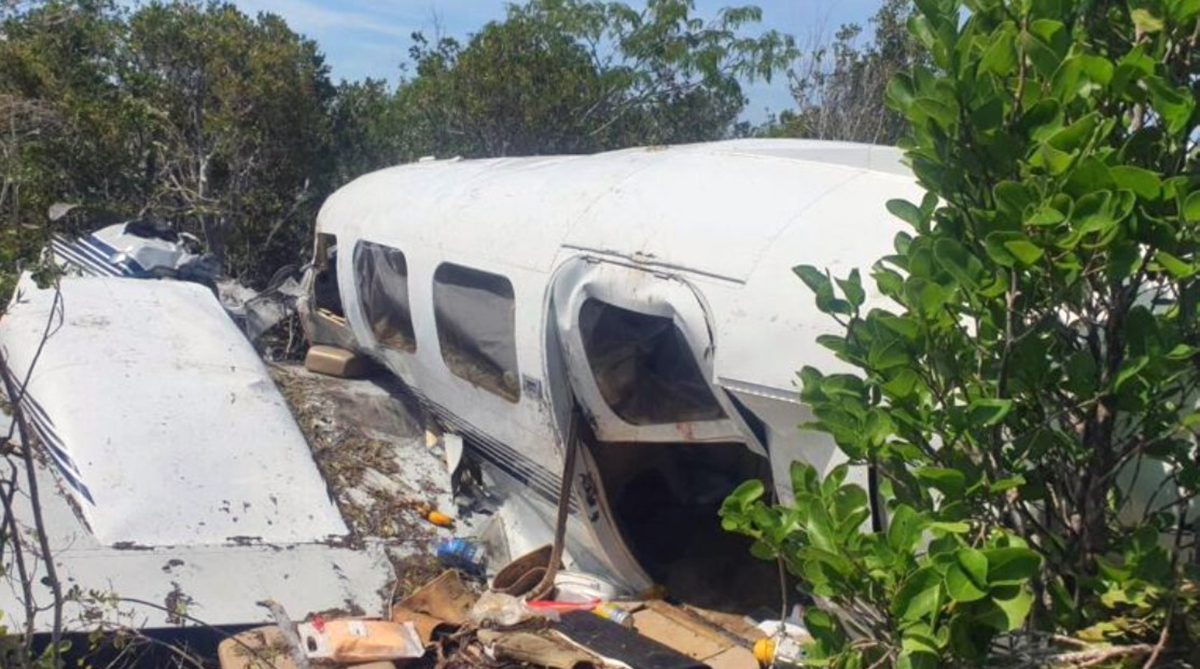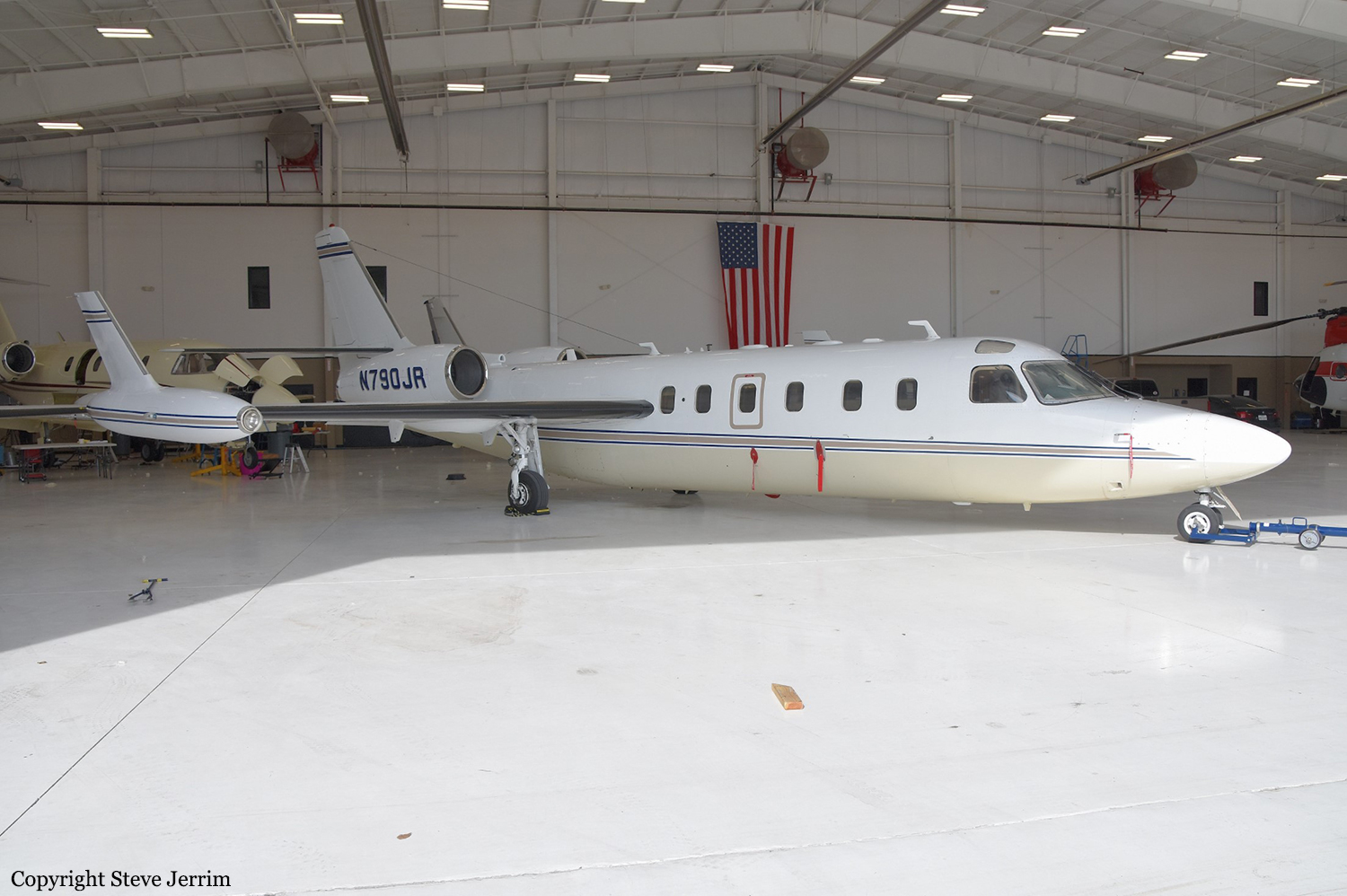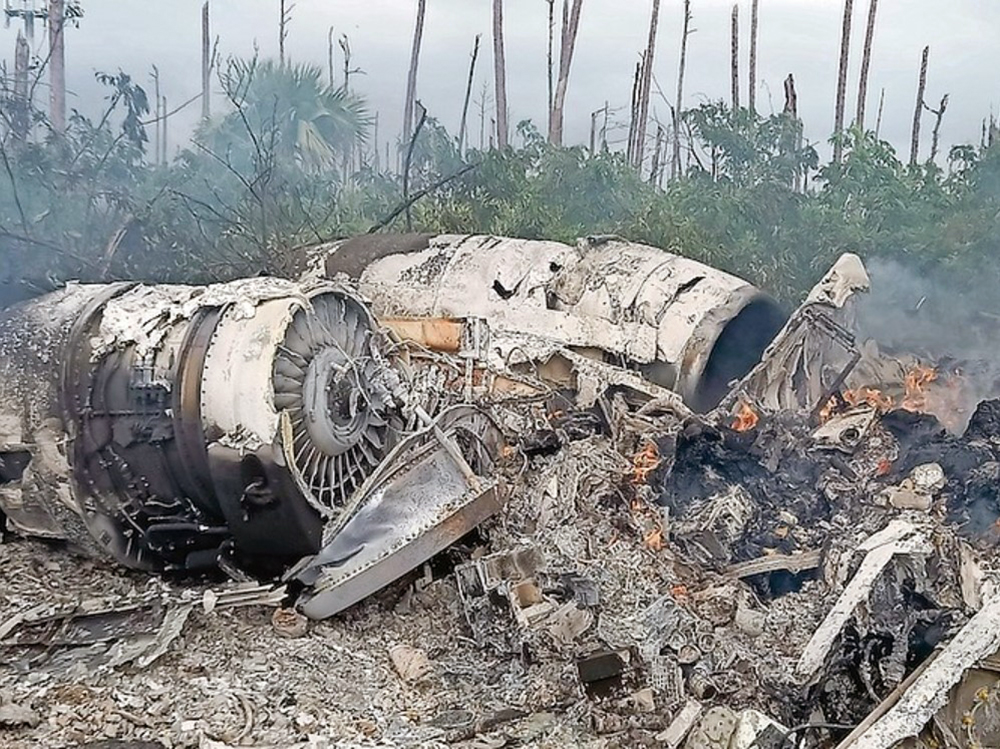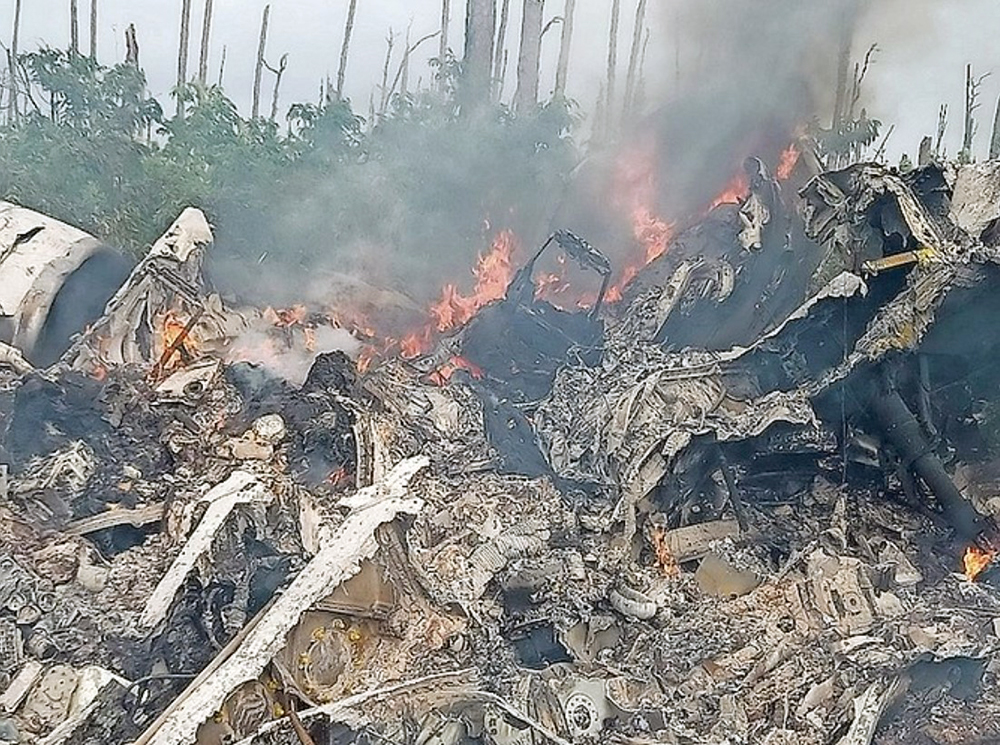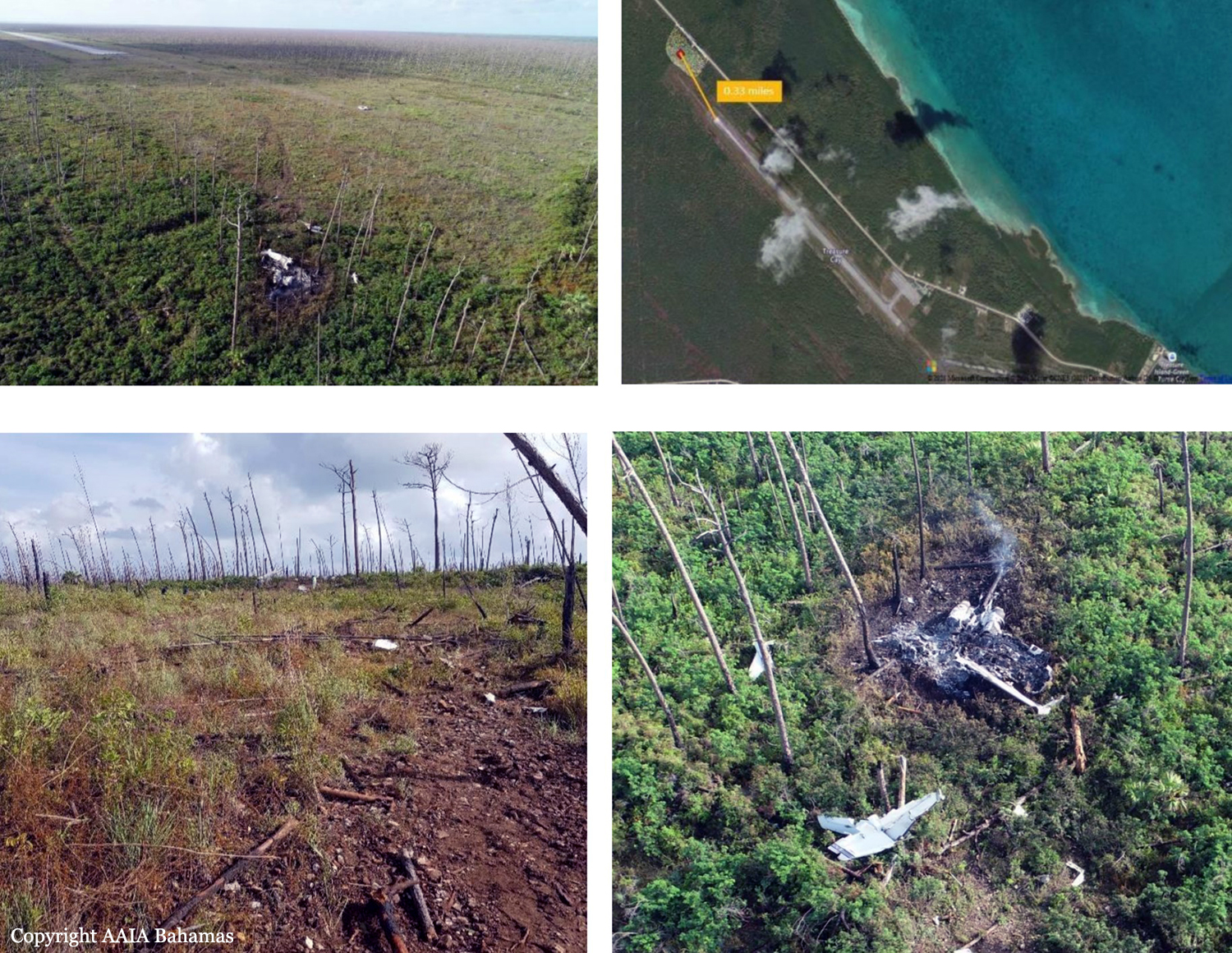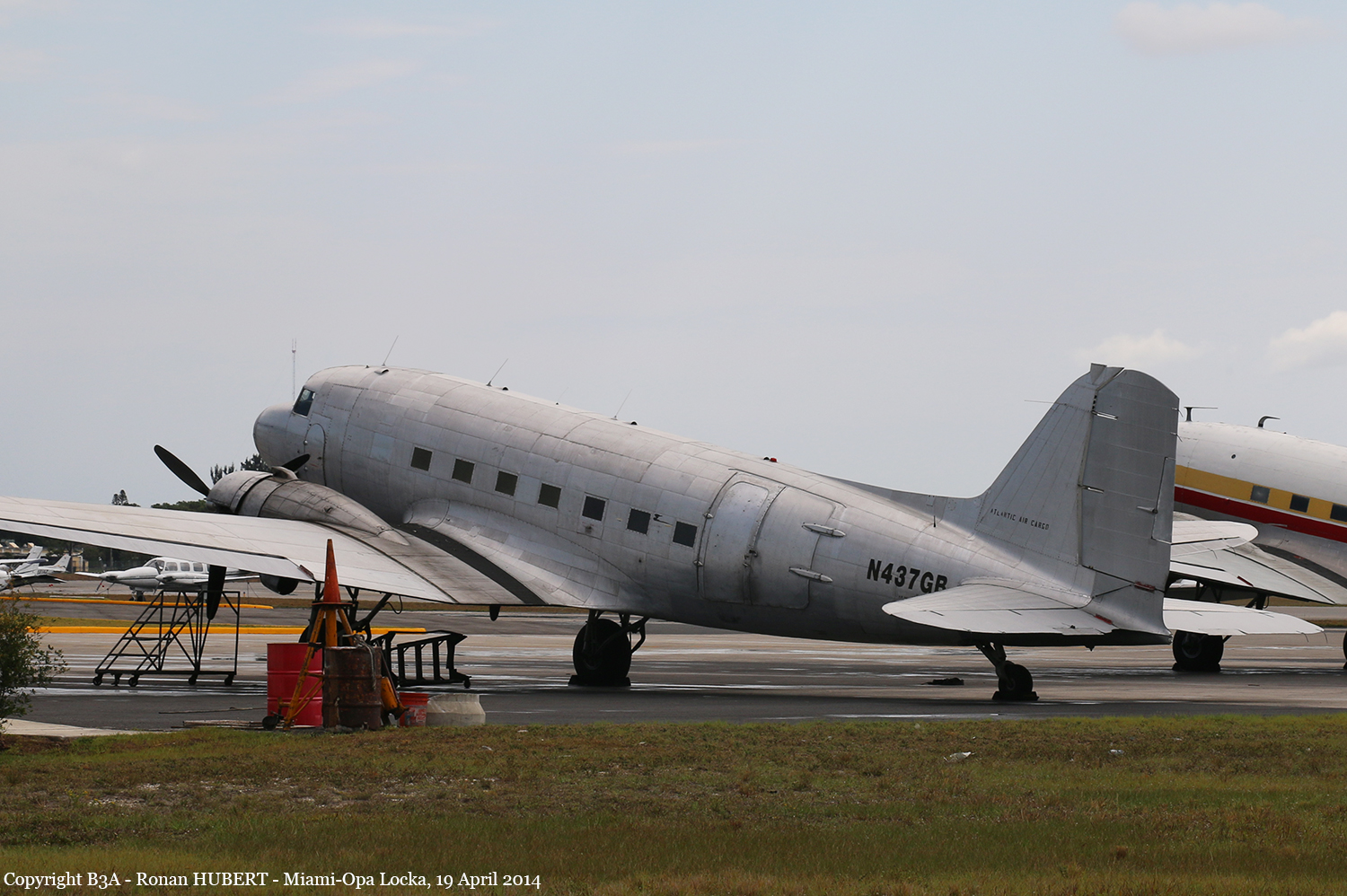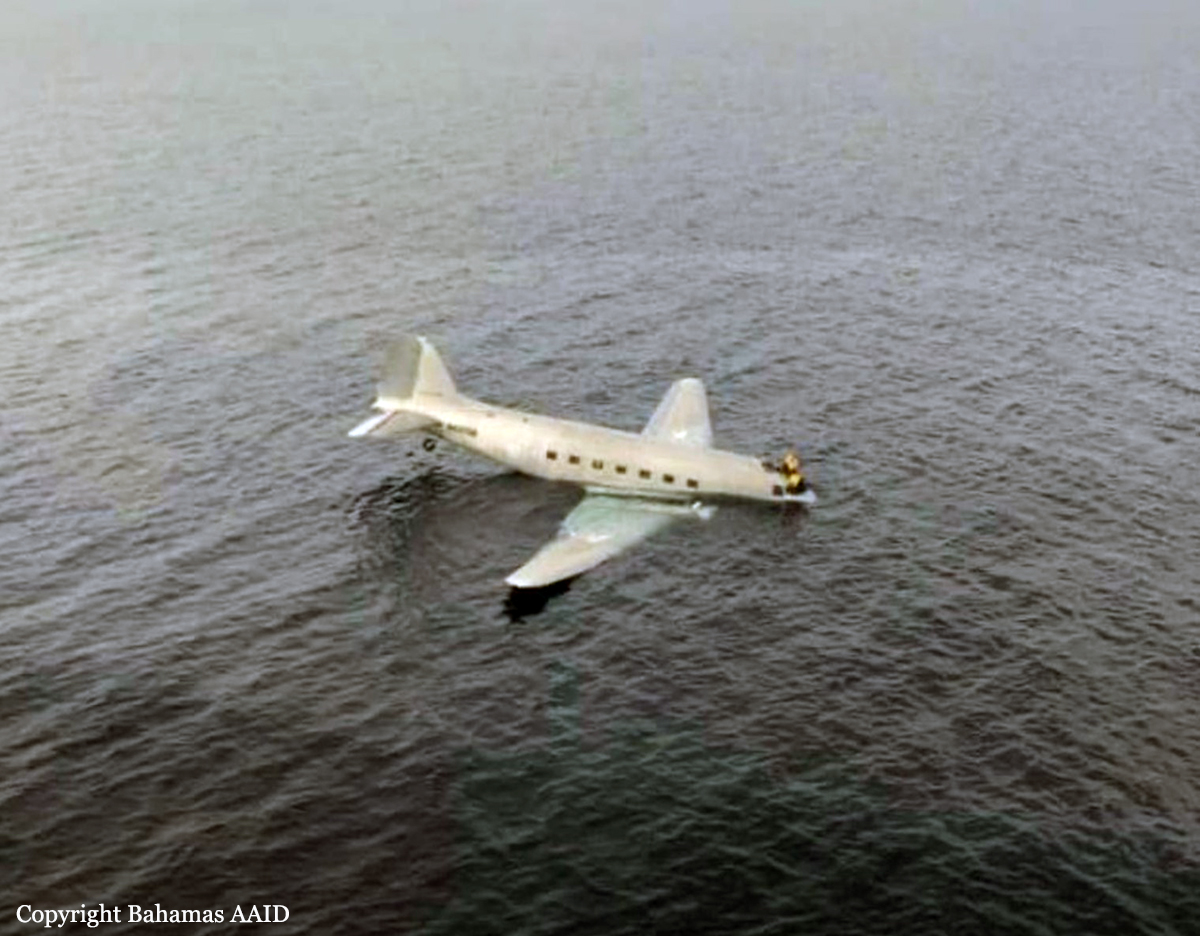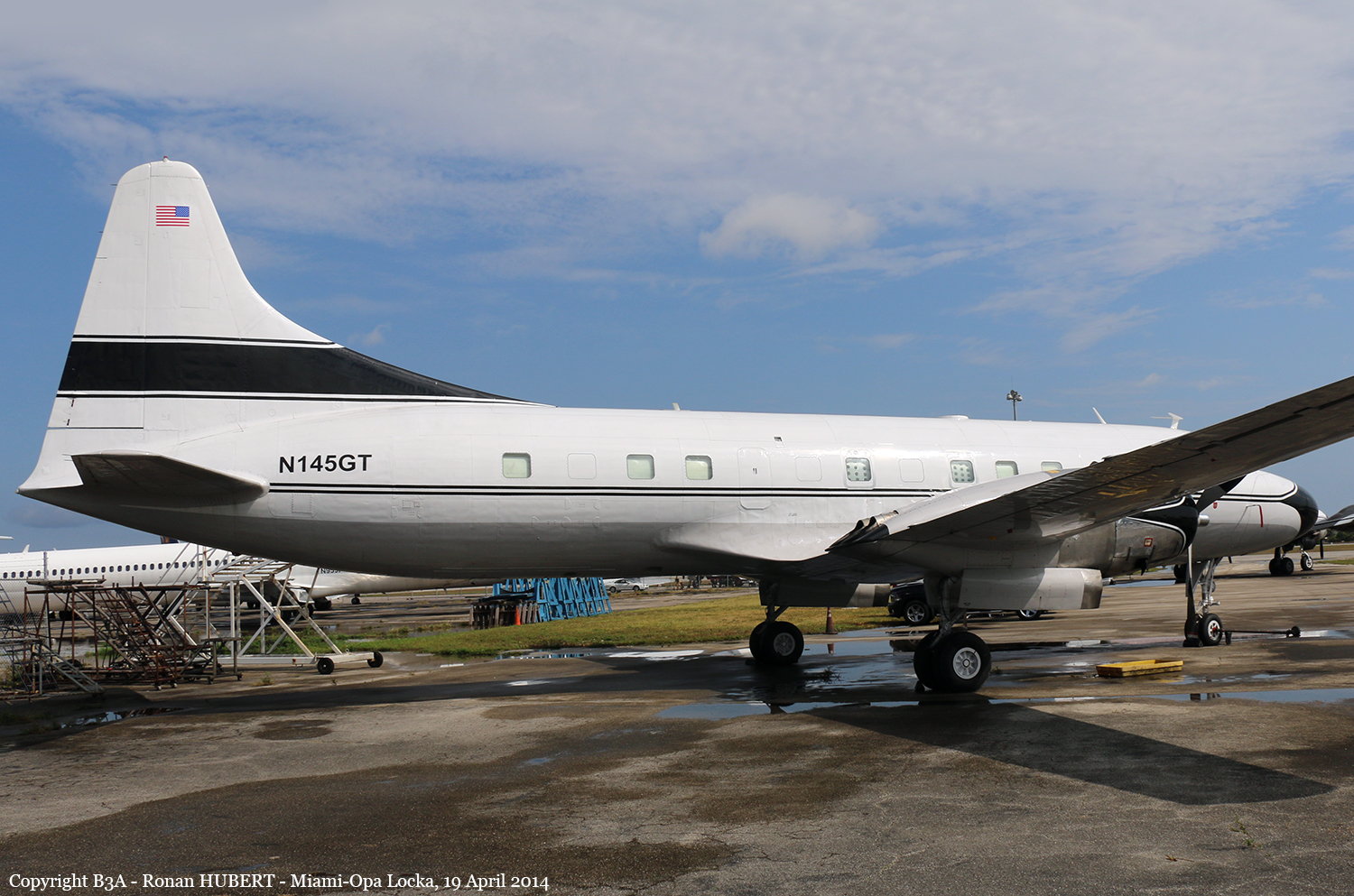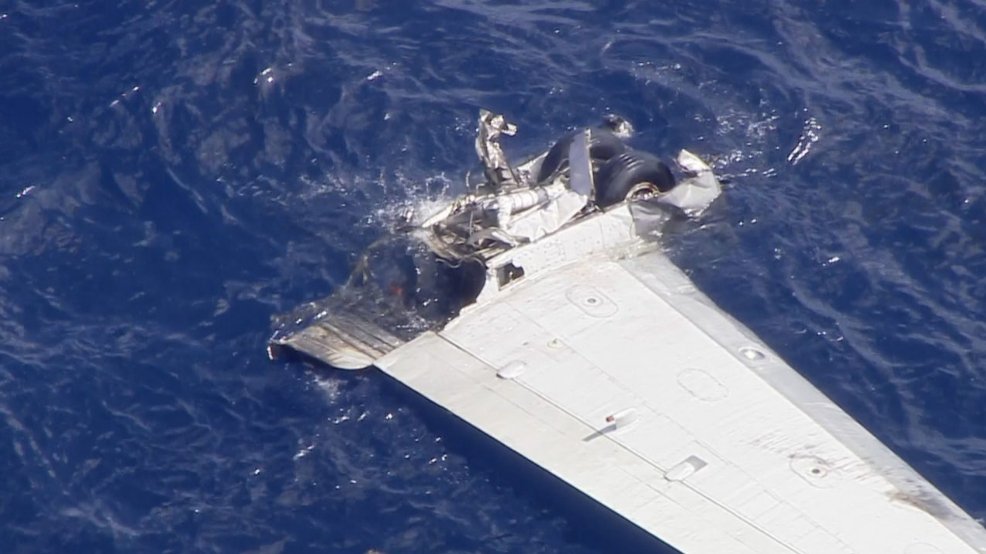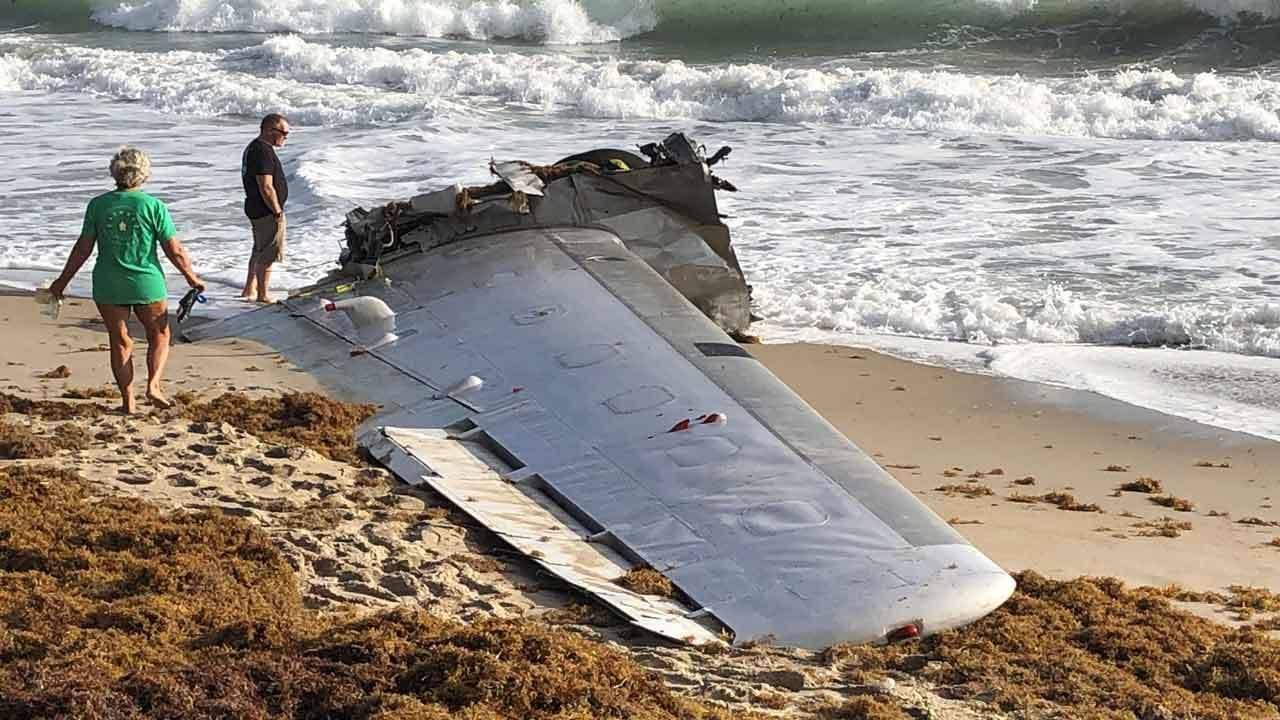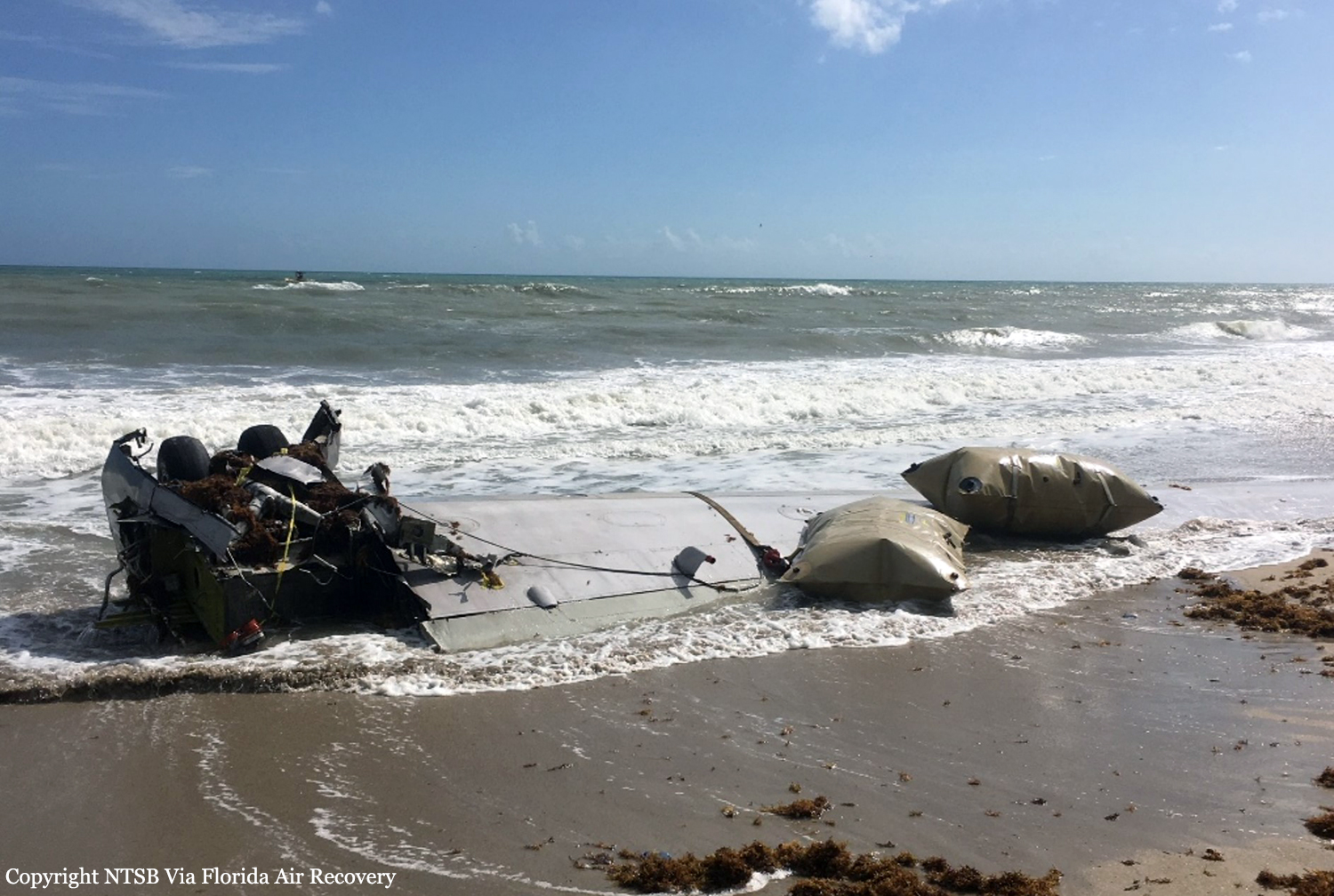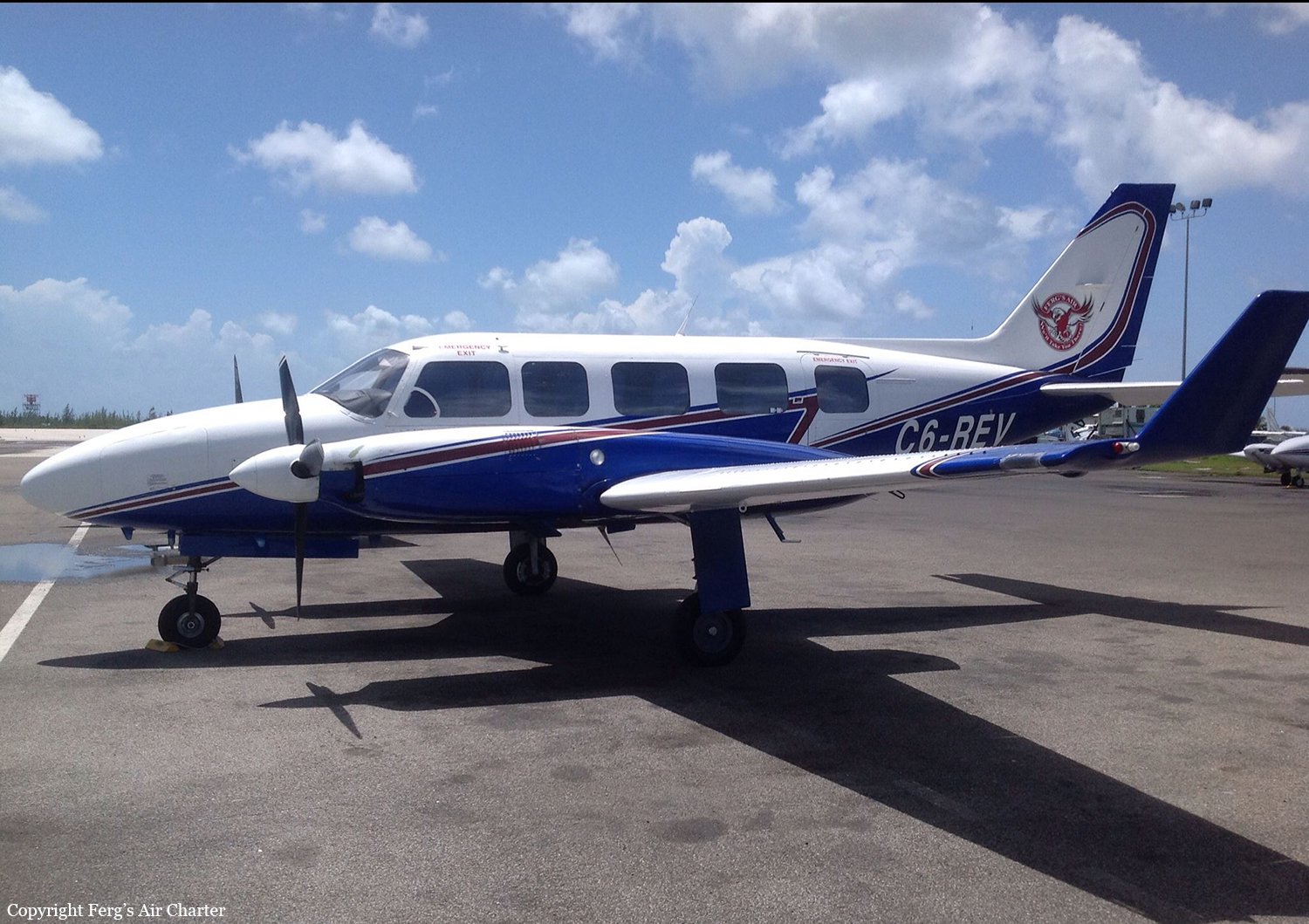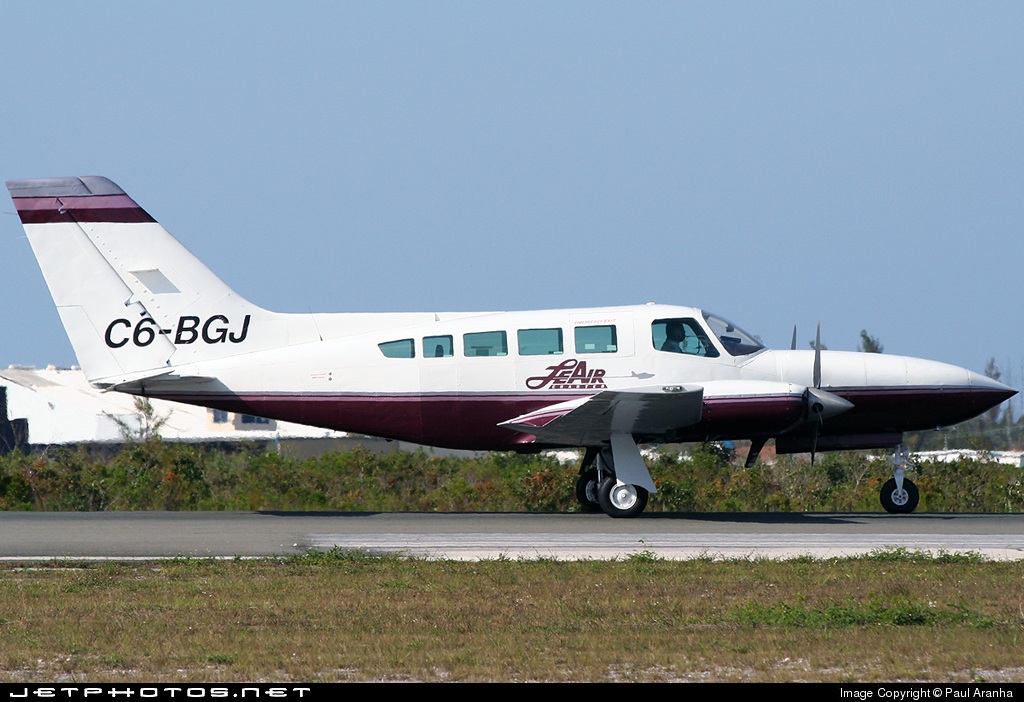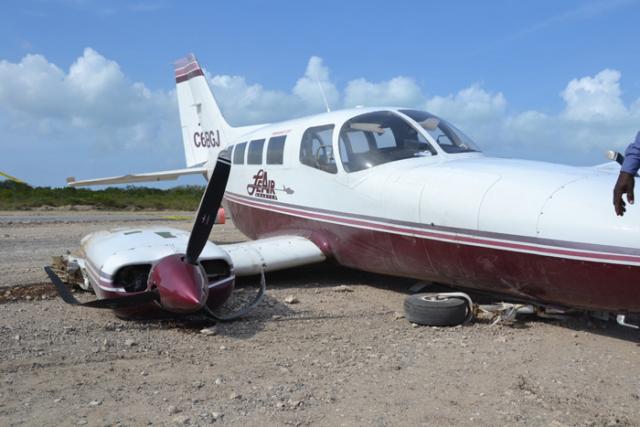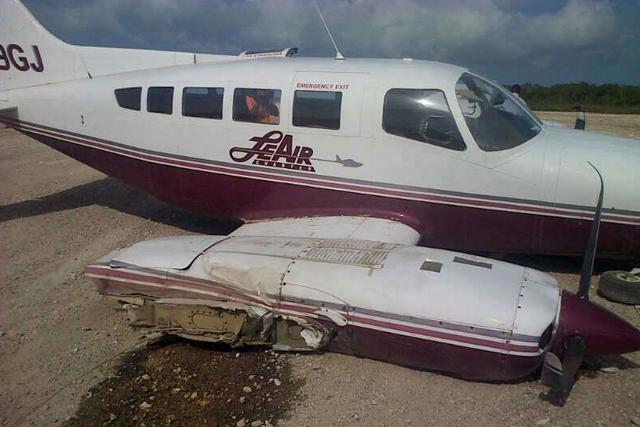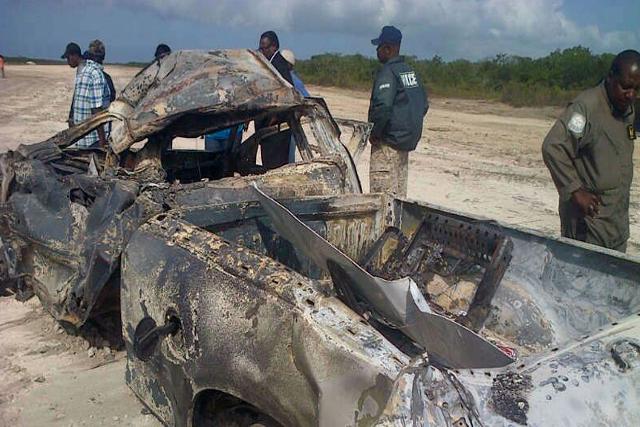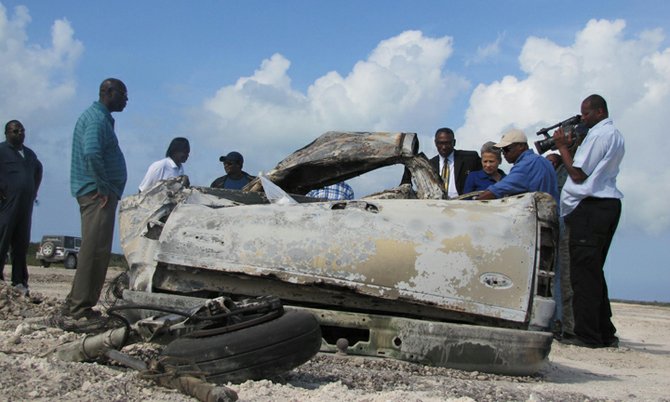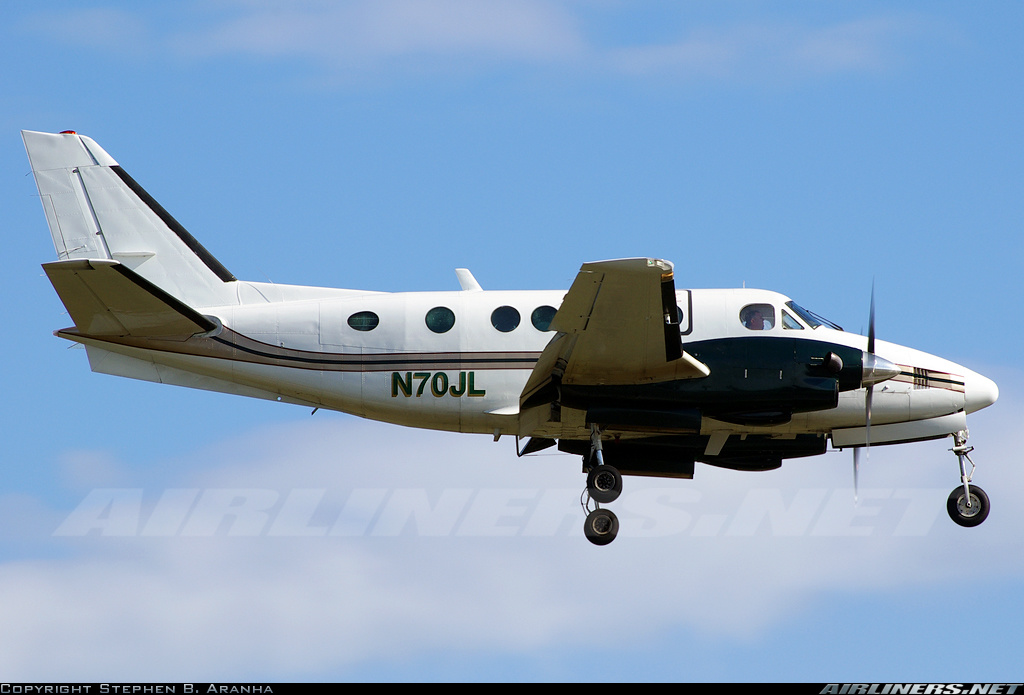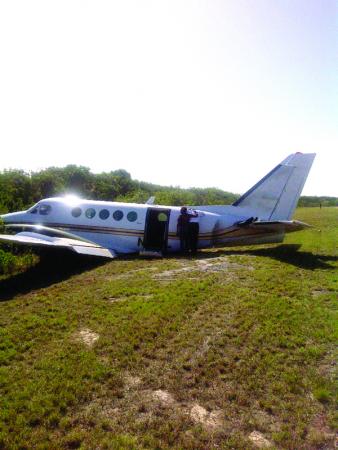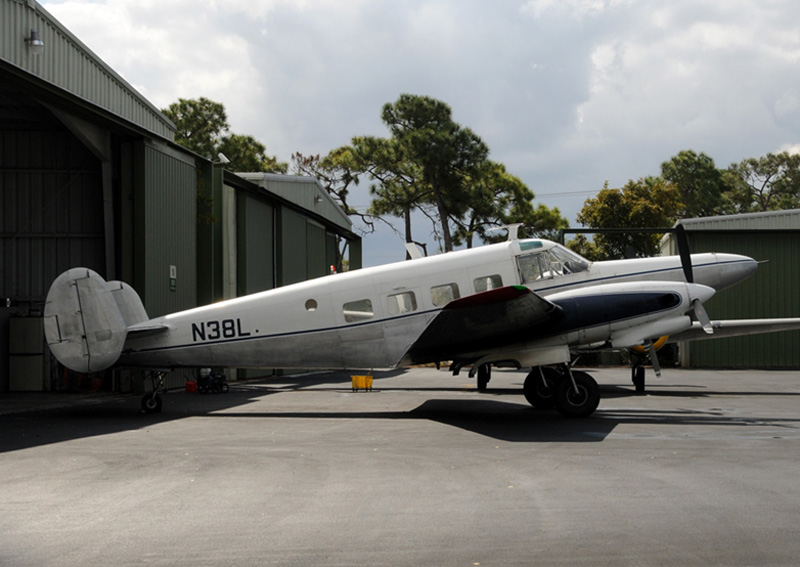Crash of a Cessna 402C in Nassau
Date & Time:
Feb 17, 2024 at 1640 LT
Registration:
C6-JTJ
Survivors:
Yes
Schedule:
Nassau – Andros Town
MSN:
402C-0648
YOM:
1982
Crew on board:
1
Crew fatalities:
Pax on board:
0
Pax fatalities:
Other fatalities:
Total fatalities:
0
Captain / Total hours on type:
500.00
Aircraft flight hours:
7790
Circumstances:
The flight was for commercial purposes and had a destination of Fresh Creek Airport (MYAF), Fresh Creek, Andros, Bahamas. The pilot in command reported that upon contacting Nassau air traffic control, he requested a runway 14 departure from taxiway Bravo, but his request was denied. He subsequently requested a departure from taxiway Lima, which was granted by air traffic control. The pilot advised that upon receiving takeoff clearance from air traffic control, he entered the active runway and backtracked for additional room before commencing take off roll. After adding takeoff power and accelerating for some distance down the runway, shortly after, the pilot observed the left manifold pressure starting to drop and the aircraft started to “pull to the left”. Recognizing that the a problem was arising, the pilot added additional power to the right engine and continued takeoff roll but after achieving some lift, the pilot reported to observe the aircraft stall and it was unable to clear the inner layer of perimeter fencing (height of approximately 12 feet), at a distance of approximately 820 feet from the approach end of threshold of runway 32. The aircraft impacted the inner layer of perimeter fencing, hitting the surface and travelling for some 57 feet on a heading of approximately 123° before impacting the second outer layer of perimeter fencing. The aircraft’s trajectory continued in that general direction travelling for an additional 216 feet, sliding across Coral Harbour Road before coming to rest in a swampy area. The pilot advised that shortly after the aircraft came to rest, he observed flames from the left side of the aircraft which prompted him to make a hasty exit from the aircraft. While exiting the aircraft, the pilot observed flames on the outside, around the aircraft, and it was during his attempt to vacate the area, he received burns to the face. As soon as he was able to vacate the general area of the downed aircraft, the pilot observed an explosion and the aircraft continued to burn.
Probable cause:
The AAIA has determined the probable cause of this accident to be collision with obstacles during takeoff. The cause of this collision was undetermined. There was no evidence of malfunction or failure identified during post-crash inspection of aircraft engines and accessories that would suggest that the aircraft engines were unable to produce adequate power.
Contributing Factor:
- Decision to depart runway 14 at MYNN from intersection of Taxiway Lima.
Contributing Factor:
- Decision to depart runway 14 at MYNN from intersection of Taxiway Lima.
Final Report:
